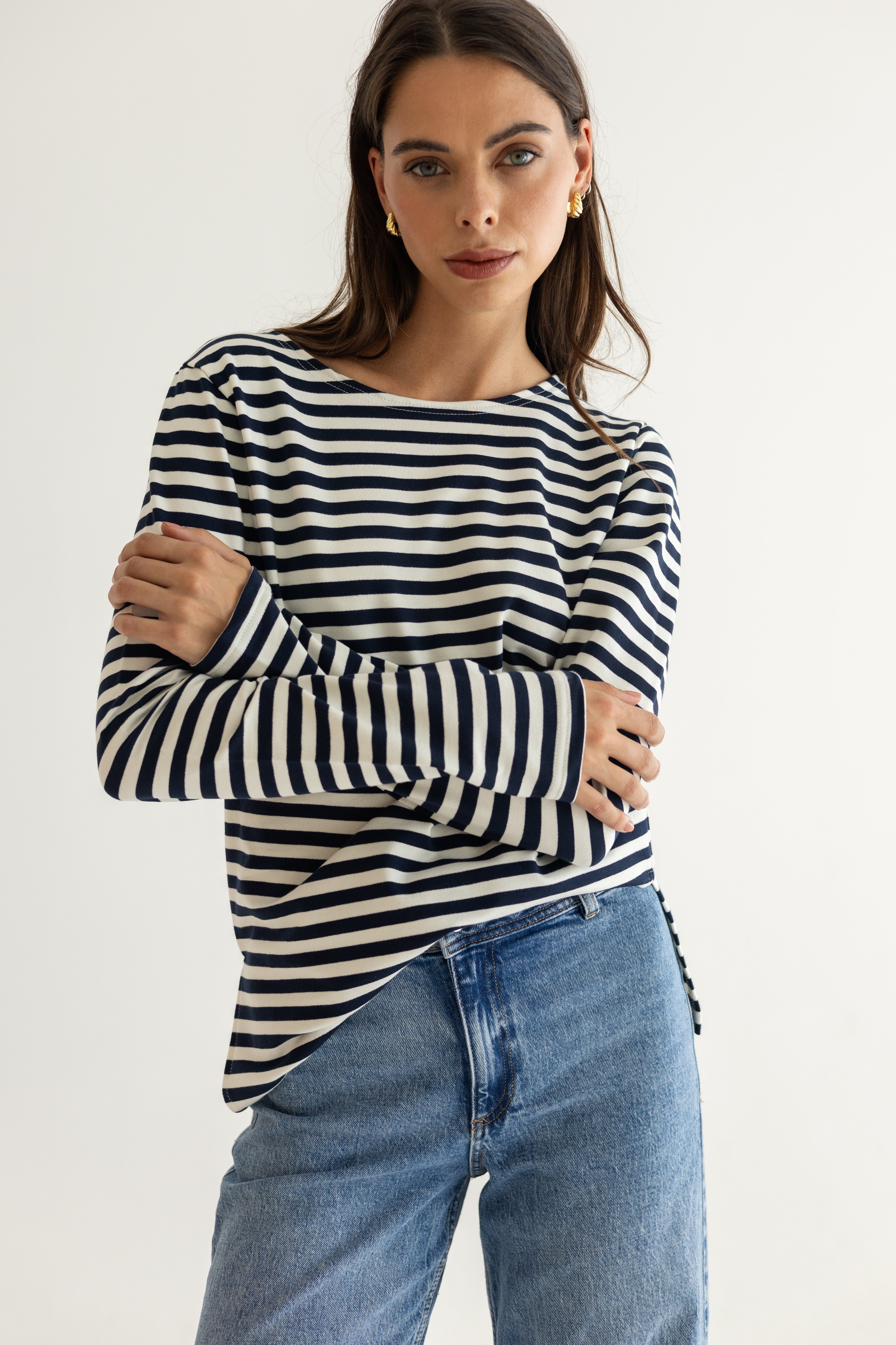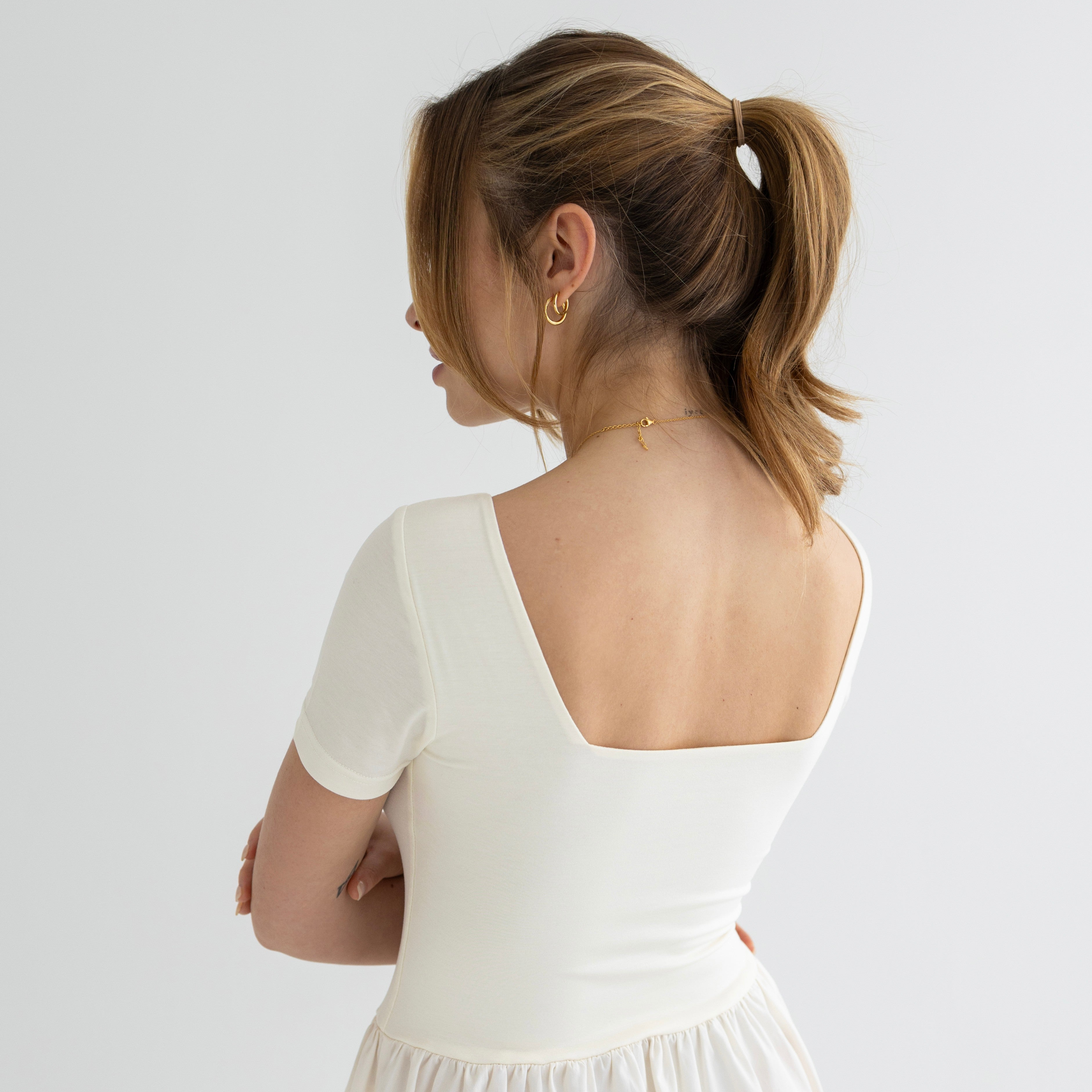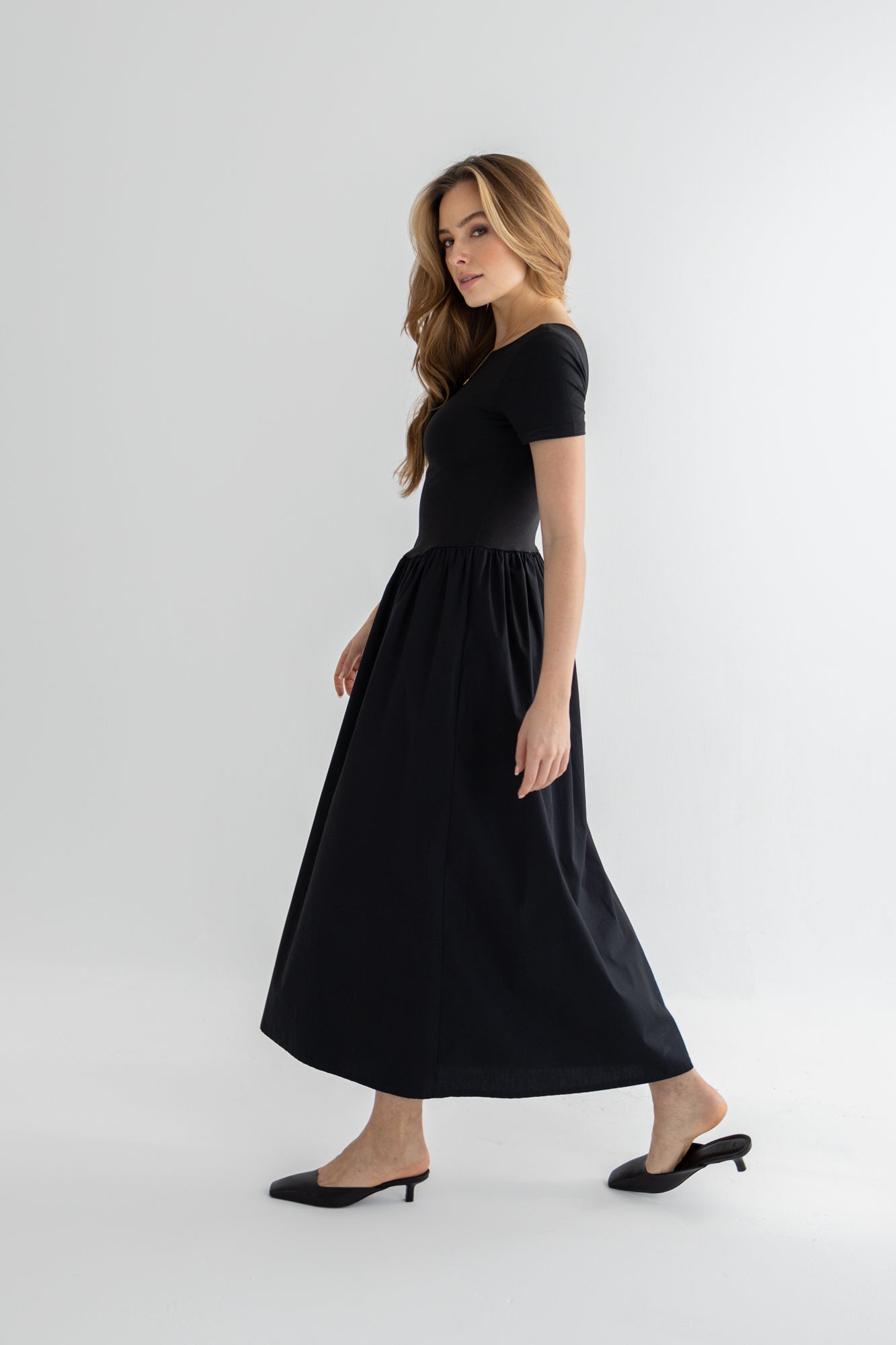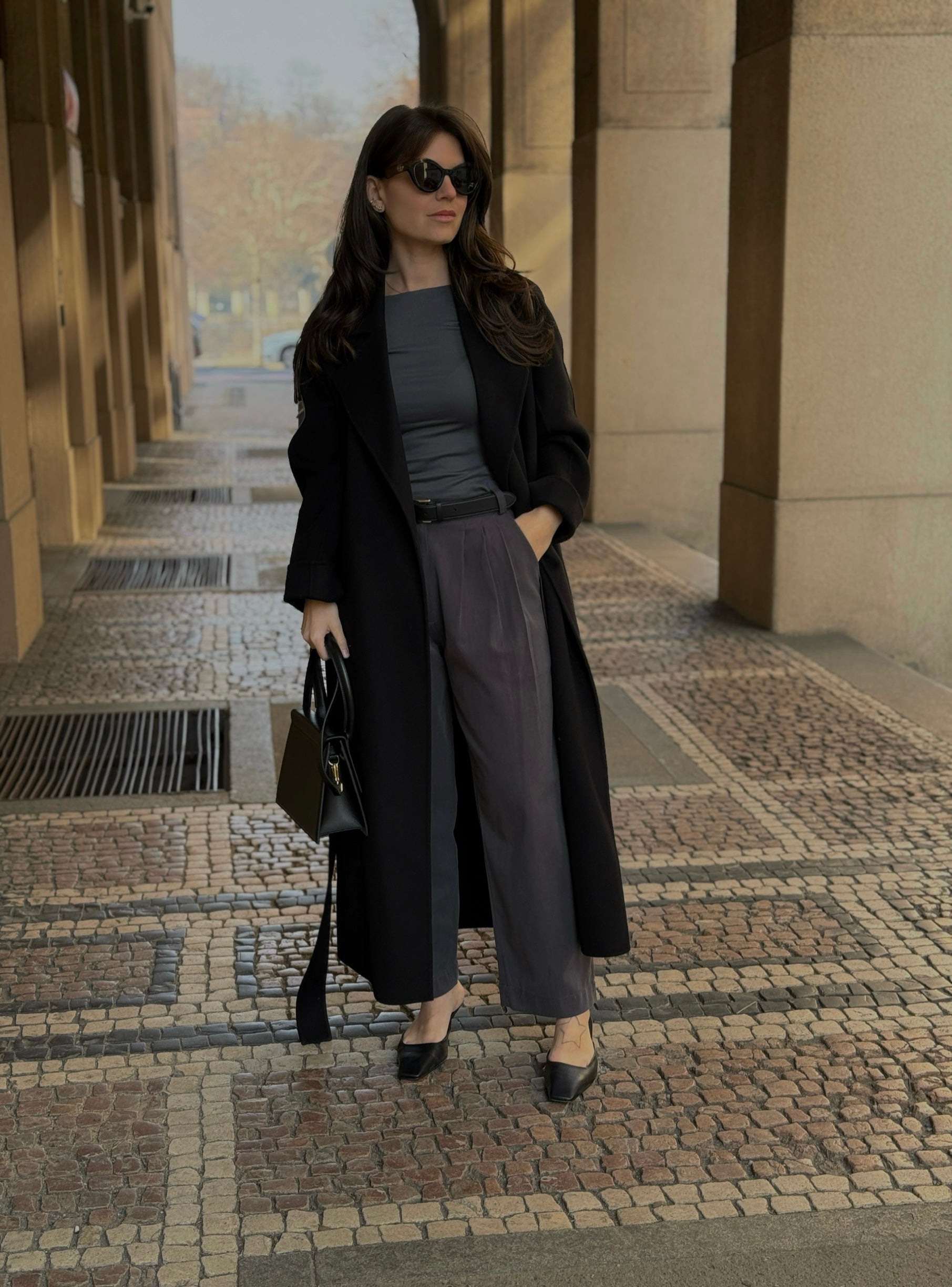
Breton Stripe: The Timeless French Icon
There are pieces in fashion that need no introduction – their story speaks for itself.
The Breton stripe top is one of them. A symbol of French elegance, considered minimalism, and a style that transcends trends.
Born at sea
The iconic marinière has its roots in the 19th-century uniform of French sailors. The distinctive stripes were designed to improve visibility at sea – and each carried meaning. For instance, the 21 stripes were said to represent Napoleon’s victories.
Originally a purely functional garment, it gradually became an aesthetic symbol.
A fashion debut
In 1913, Coco Chanel introduced it to the world of fashion. At a time when women’s clothing was bound by corsets and conventions, she came with something radical: a relaxed striped top inspired by men’s naval uniforms. A practical piece became a statement of freedom, elegance, and effortless style.
From Chanel to Gaultier
In the following decades, the Breton stripe defined the style of icons like Audrey Hepburn, Brigitte Bardot, Pablo Picasso, and Jean Seberg. Its status was further cemented by French designer Jean Paul Gaultier, who made Breton stripes his personal uniform and a recurring motif in his collections. They first appeared in his 1976 debut and have since remained a cornerstone of his aesthetic. Striped tops, dresses, even corsets – often paired with bold, theatrical elements – became his way of blending a traditional French motif with a rebellious take on fashion.
Still relevant today
The Breton stripe is more than a pattern – it’s a philosophy of dressing. Purity, functionality, timelessness. It suits everyone, works in every season, and never goes out of style.
At ESSIMÉ, we reinterpret this icon through a contemporary lens – with a modern cut and premium knit fabric – so it becomes part of your everyday essentials.







